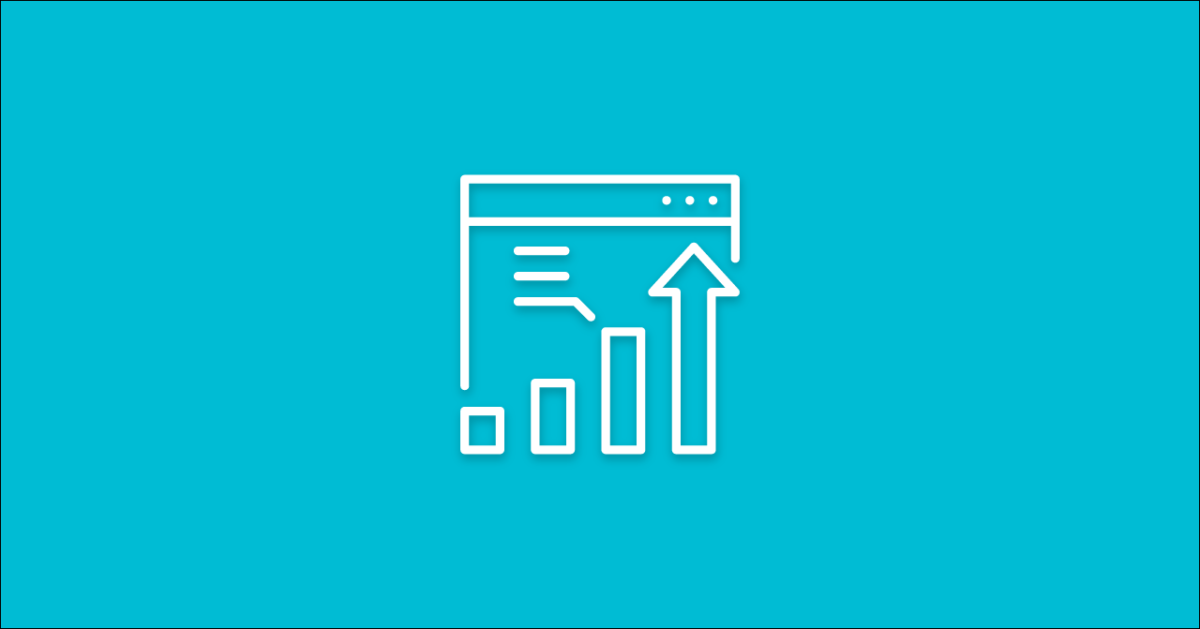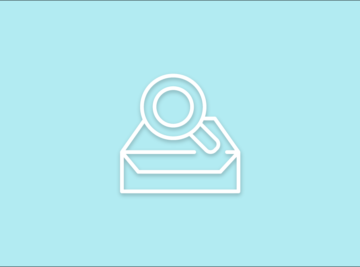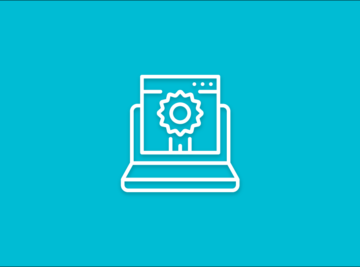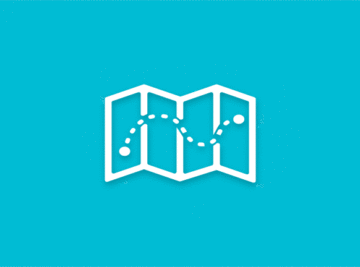Let’s face it, marketers at small to mid-size businesses don’t always know what they’re doing when it comes to PPC management. Here we discuss how small businesses can cut the waste and generate effective Google Ads campaigns by:
-
Using Google Analytics to identify ineffective landing pages
-
Monitoring campaigns daily
-
Hiring a Google Partner Agency
Google raked in nearly $60 billion dollars in advertising revenue in 2014. 60 billion! Where did that money come from? Well, with 9 out of 10 consumers turning to the internet to research their purchase decisions, it’s no wonder that there are now 1.8 million businesses using AdWords.
While there are many large advertisers out there (Amazon spends $14.4 million a month), the majority of this revenue comes from businesses are small to mid-size – anything from local bakeries and restaurants, to growing pharmaceutical, life sciences and manufacturing organizations.
This is a good thing – in 2014 Google claims it’s advertising services helped trigger $131 billion in economic activity in the US alone. A very nice ROI.
The problem is that employees in small to mid-size businesses tend wear multiple hats. Is this is where you sit, chances are slim to none that you’ll have the team of PPC experts needed to get the most from your campaign. Even a marketing team of 5 may only have a few hours a week to optimize. As a result, common mistakes are made that cause many advertisers to waste up to 25% of the their total budget. This means that up to $15 Billion is lost annually on poorly optimized AdWords campaigns.
What Small Businesses Can Do To Cut Waste
Much like fixing a leaking sink, identifying where the hole exists is usually the first step in solving the problem. There are a few, easy steps you can take to try to understand where you may be wasting money.
1. Install Google Analytics
Google’s free analytics software is easy to use and helps you improve performance across your sites, apps, and other marketing channels. Once you familiarize yourself with the tool, Google Analytics can help you turn customer insights into actionable solutions for your business.
Once you’ve installed the software (we help for free), you’ll want to link your Google Analytics account to your Google AdWords account. This takes up to ten minutes and requires a bit of focus for first-timers. Here is a handy step-by-step guide.
2. Find landing pages with high bounce rates
One of our favorite metrics, bounce rate, is a bullet-proof way to identify potential waste and areas of improvement. A bounce is someone who came to your website, didn’t like what they saw, then immediately left. A high bounce rate is a strong indicator that either your attracting the wrong visitors to your site – or your landing page isn’t meeting their expectations.
To identify your pages with high bounce rates, open Google Analytics and navigate to Behavior > Site Content > Landing Pages. Look for pages that have a high bounce rate – anything over 60%.
If you’re sending traffic to these pages via Adwords, review the campaign, keywords, and ads that that are actively sending traffic to these pages. Chances are you either need to refine your keyword targeting, your ad copy, or the landing page itself. These are common areas of wasted clicks, which equals wasted money.
3. Monitor your Adwords campaigns daily
Yes, we said daily. While this may seem like a daunting task, it’s essential to running a well optimized campaign. If you don’t do this, even if you do an extensive fine-tuning of your campaign, a few weeks later you could be back on track to wasted hundreds if not thousands of dollars.
Why? AdWords is based on an auction-based system. Each day, advertisers bid on placements in search results for individual keywords. While the average bid may be $5, a click one day, it may plummet to just $2 the next. If you’re not paying attention, you could easily overpay.
4. Work with the experts
Many businesses turn to a trusted Google Partner Agency like Pepperland to manage their campaigns – in part because many small businesses need to focus on running the business, and simply don’t have the time to gain the technical knowledge needed to properly maintain AdWords spend. If you’ve tried yourself and are ready to seek outside help, we’d love to chat.
By eliminating wasted advertising spend you’ll be able to reallocate those dollars to innovative tactics that generate more leads, calls, online purchases or visits to your storefront.










